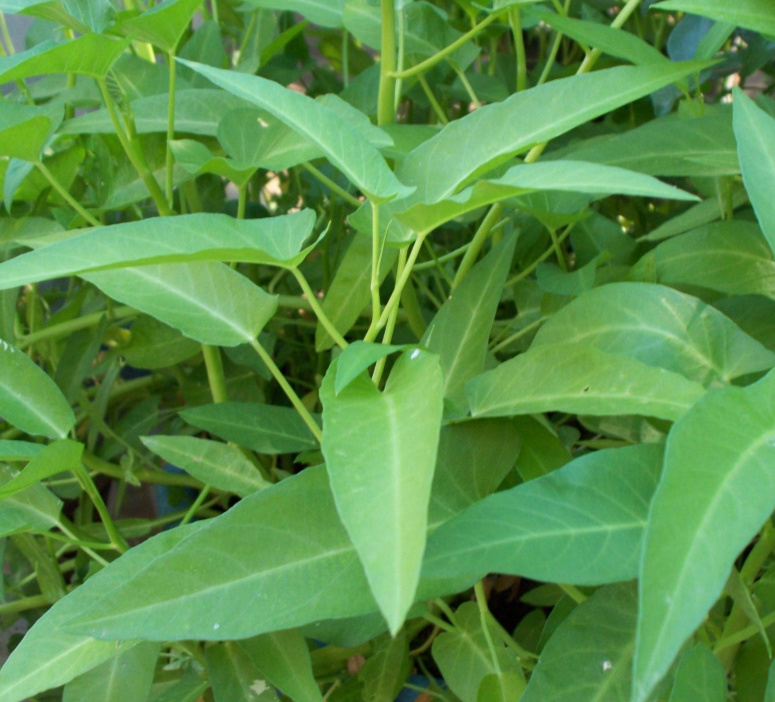By Manny C. Palada PhD
Visiting Professor, CPU and former scientist at the Asian Vegetable Research and Development (AVRDC)

Kangkong (A.k.a. water spinach) is a favorite ‘Lutong Bahay’.
Kangkong (Ipomoea spp.) is one of the most popular leafy vegetables in South and Southeast Asia. It is known by many names including swamp cabbage, water convolvulus, and water spinach. The plant has flowers that range in color from white to pink, and its stems come in shades of green and purple. The leaves are a good source of protein, vitamin A, iron, and calcium.
The following suggested cultural practices were developed at AVRDC in the Taiwan lowlands. Growers may need to modify the practices to suit local soil, weather, pest, and disease conditions.
Kangkong is adapted to a wide range of climate and soil conditions but requires a relatively high soil moisture for optimum growth. Soils with high levels of organic matter are preferable. The plant produces optimum yields in the lowland humid tropics under stable high temperatures and short day lengths. Temperatures averaging between 25– 30°C are ideal. Plants are damaged at temperatures of 10°C or less.
There are two common types. Upland Kangkong (Ipomoea reptans) has narrow leaves. It is adapted to moist soils and is harvested once. Lowland or aquatic kangkong (Ipomoea aquatica) has broader, arrow-shaped leaves It is adaptive to flooded conditions and is harvested several times. Regardless of type, the choice of variety can be influenced by local growing conditions, seasons, and consumer preferences. Local testing is recommended to identify superior varieties.
The Kangkong is an edible, healthy vegetable that is now among the delicious vegie menu at home and in restaurants.
